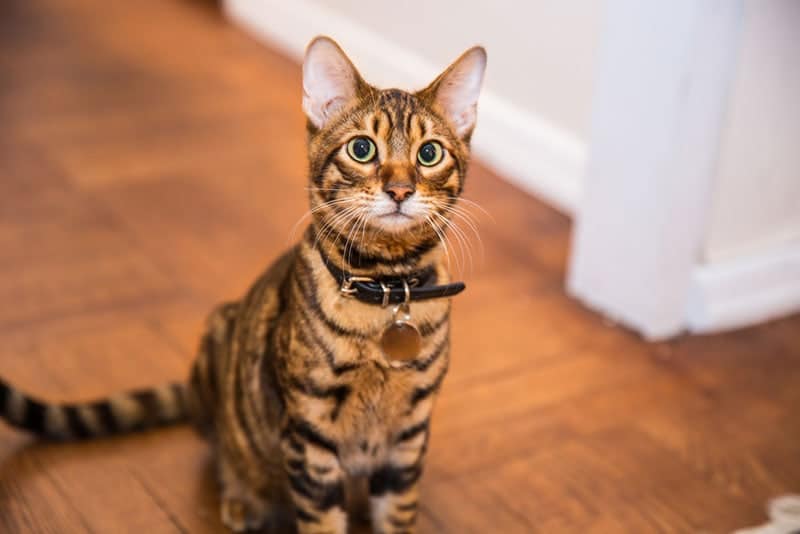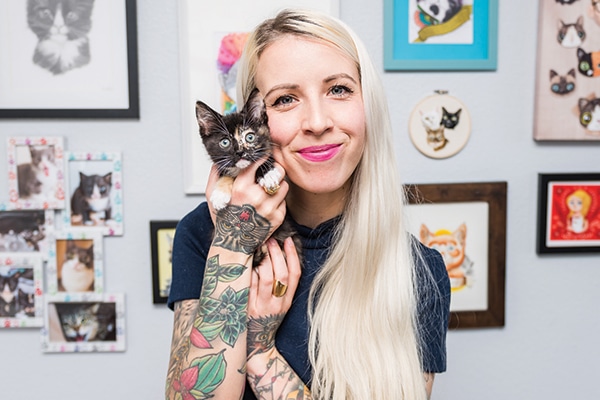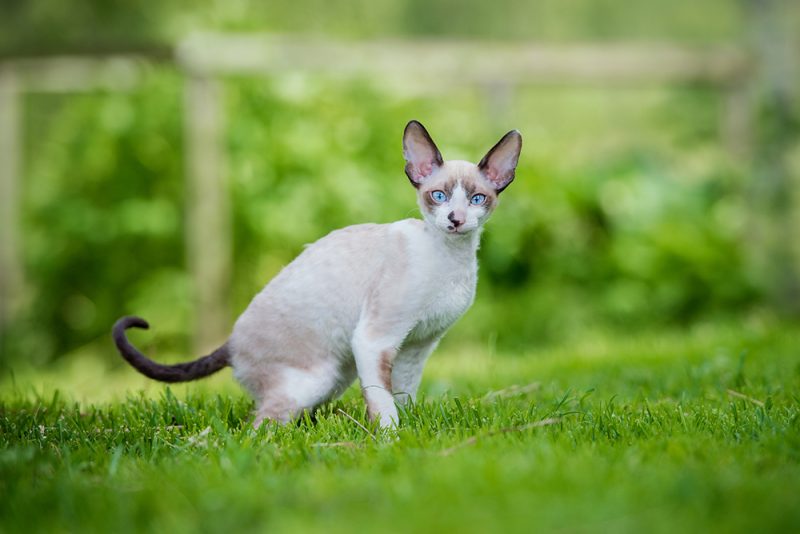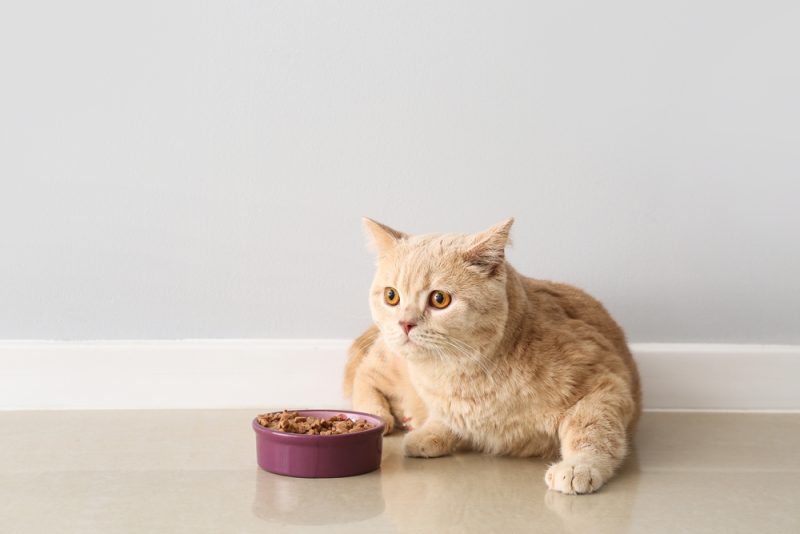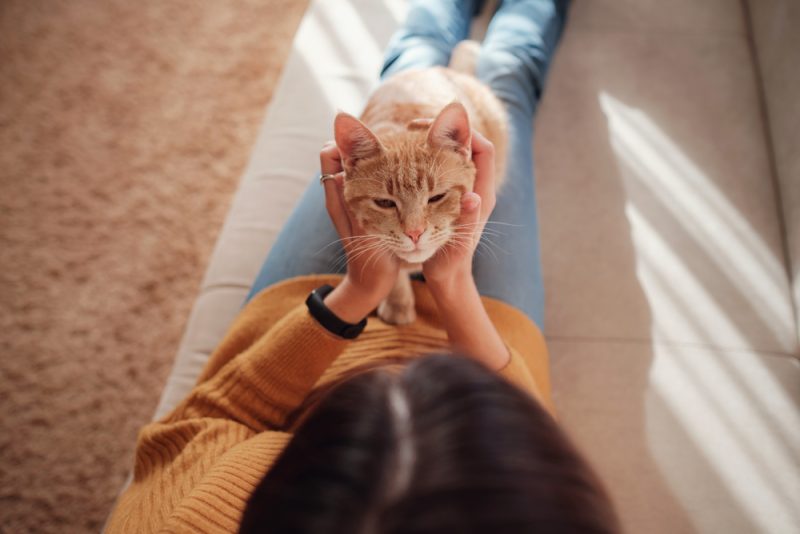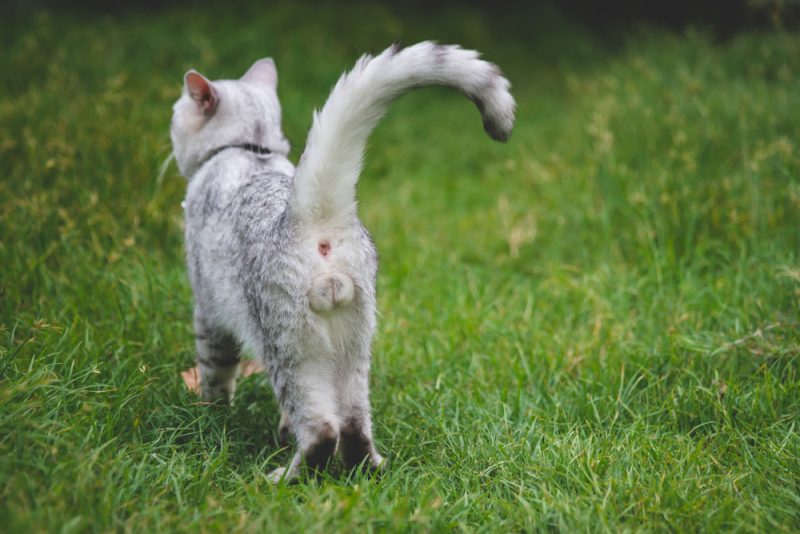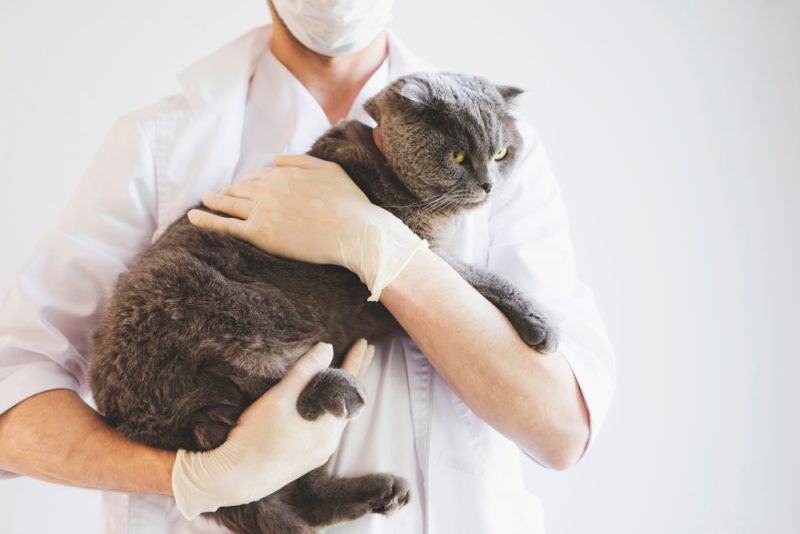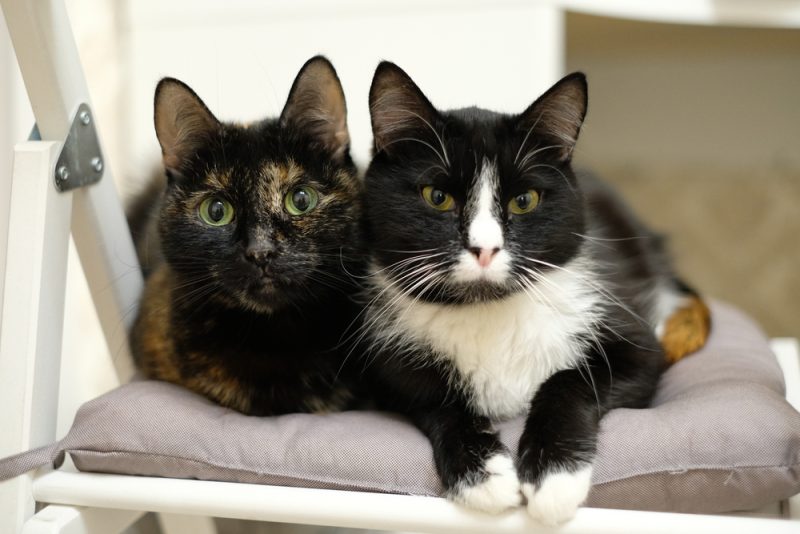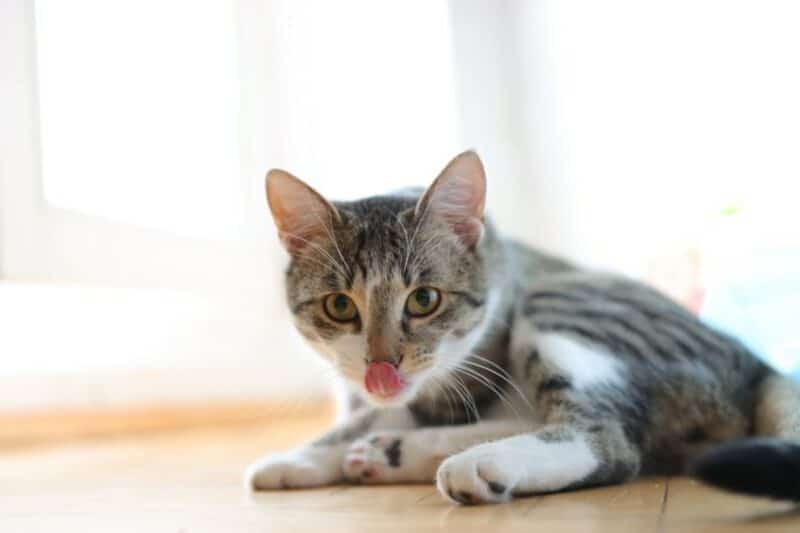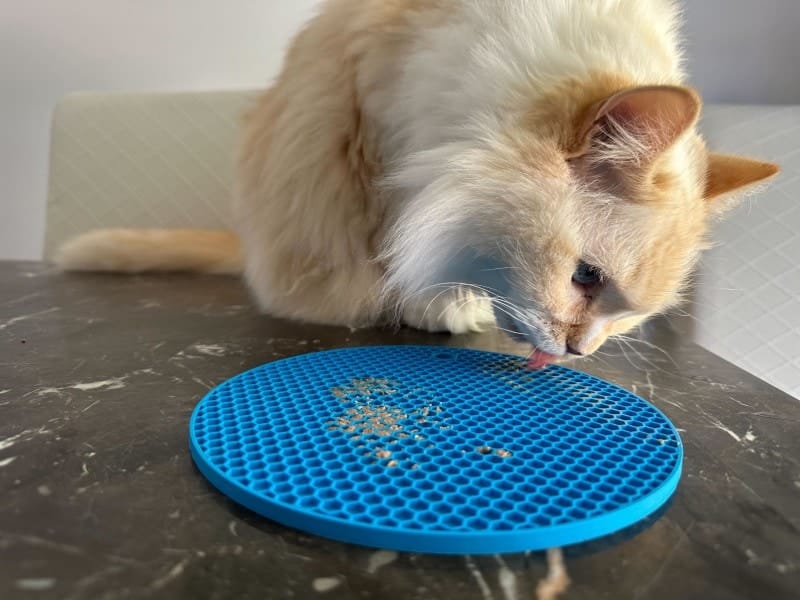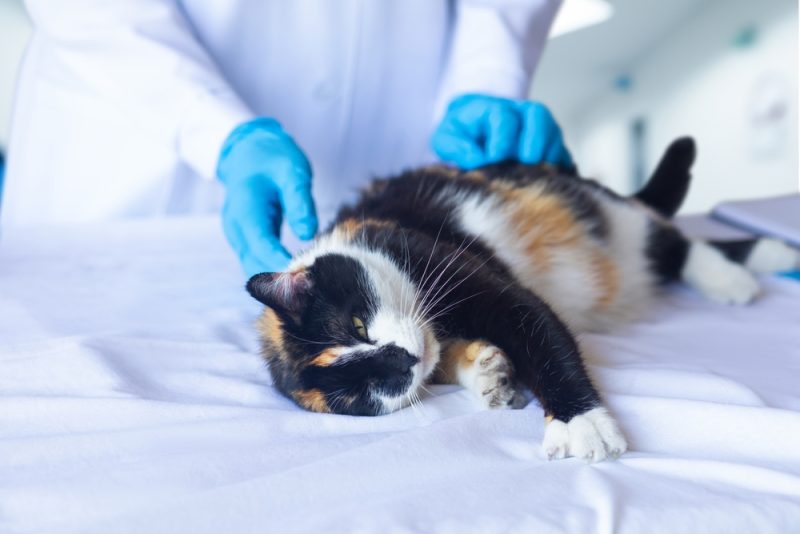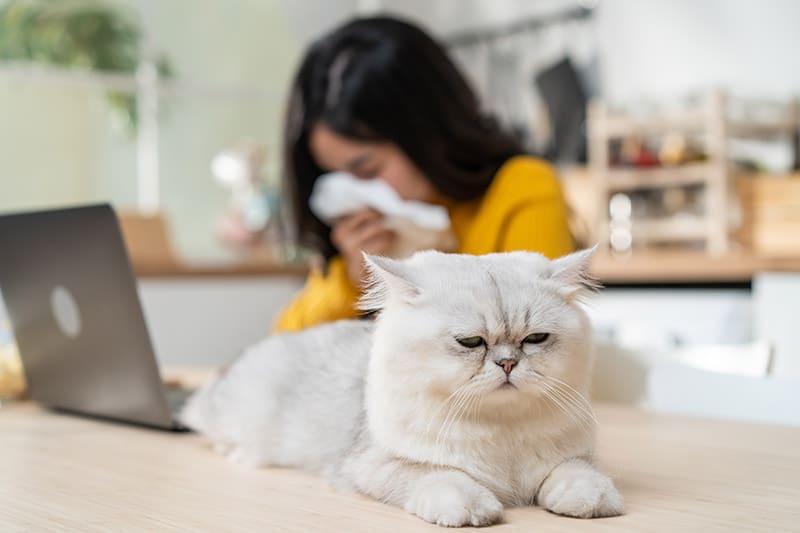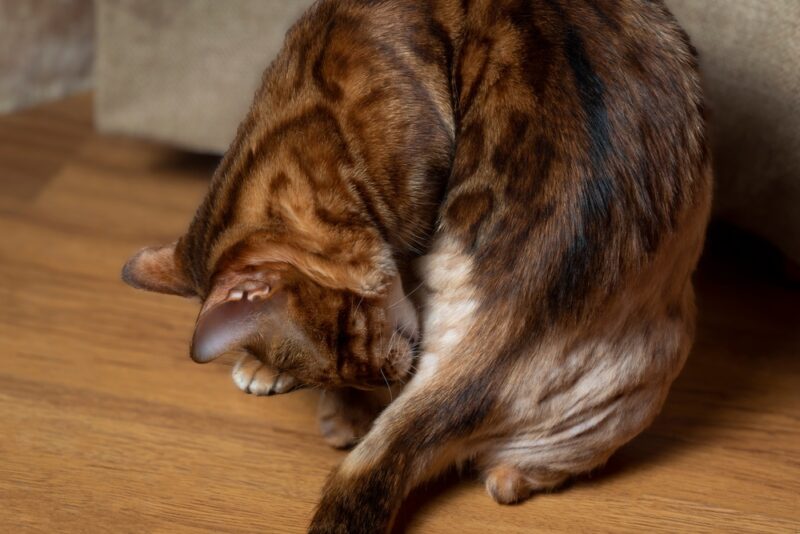Your cat’s eyes are the windows to their soul, so it’s no wonder they’re so pretty, but a lot is going on behind those sparkly blues, autumn golds, or emerald greens. When you get into the nitty-gritty, there are some seriously fascinating facts to discover about the inner workings of a cat’s eyes and how their color is determined, so let’s gaze a little more deeply into this.

Top 7 Facts About Cat Eye Colors
1. Kittens Are Born With Blue Eyes
Though some breeds, like the Siamese and Birman, are known for their stunning sapphire-blue eyes, every cat is blue-eyed at the very beginning. This happens because it takes around 6 weeks for the iris (the colored part of the eye) to start producing the melanin responsible for eye pigmentation.
Melanin comes from cells called melanocytes, and these are contained within the layers of the iris called the stroma and the epithelium.
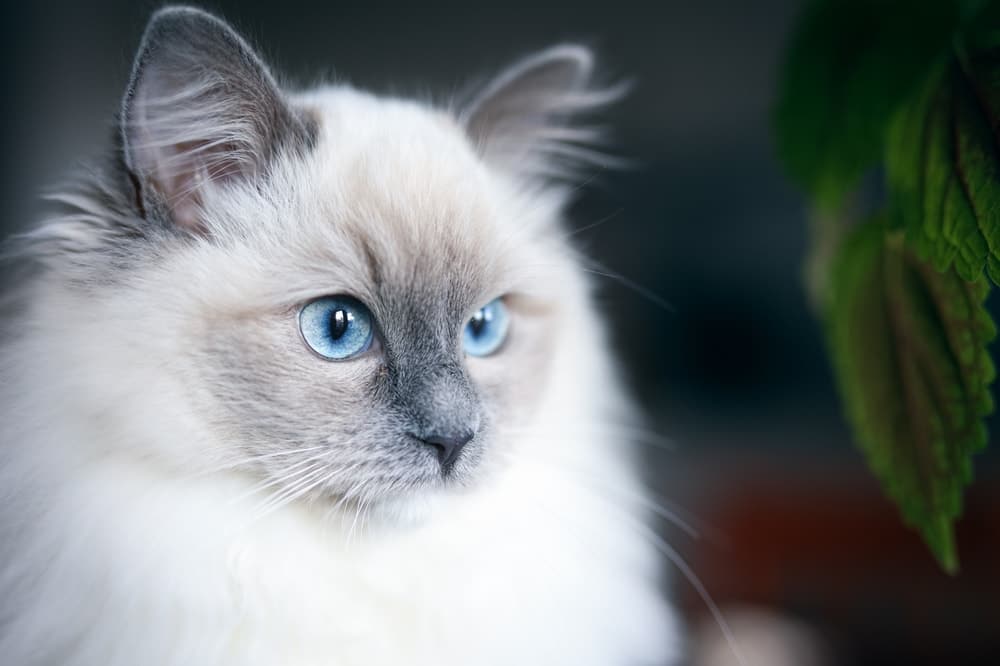
2. Melanin Determines Eye Color
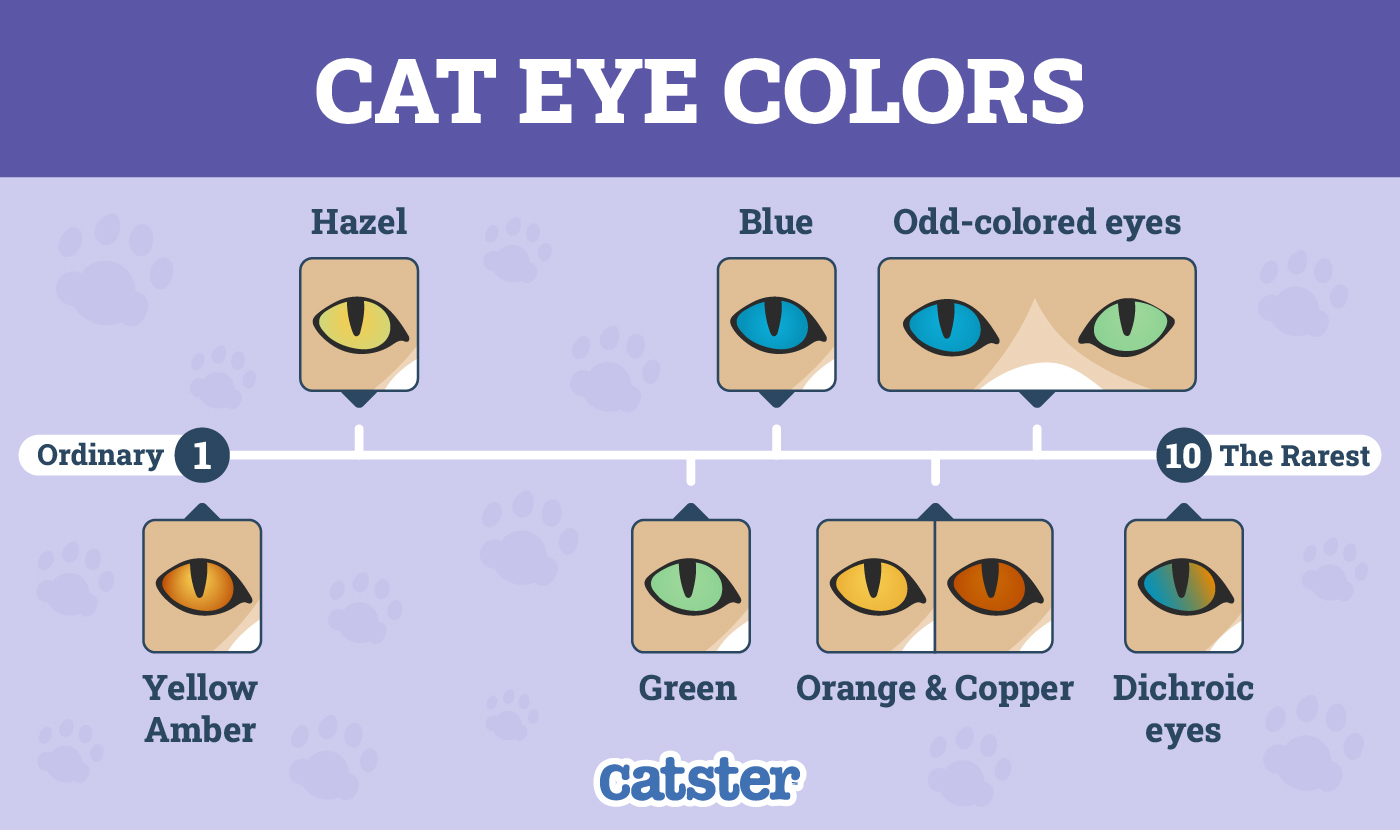
A cat’s eye color depends on the amount of melanin they produce. Cats with more melanocytes (the melanin-producing cells) have darker eyes, whereas cats that lack melanocytes have blue eyes.
Blue-eyed breeds include the Siamese, Birman, Himalayan, Ragdoll, and Persian, to name a few. Green-eyed cats have some melanocytes, but not as many as orange/copper-eyed cats (the darkest shade).
3. Melanocyte Activity Determines Intensity
While the number of melanocytes determines what color the eyes will be, it is their activity levels that determine the intensity of the color. Very active melanocytes produce a more intense color, whereas less active melanocytes produce a lighter shade
Let’s take orange-colored eyes as an example. A cat with a high number of very active melanocytes will have eyes that are a deep copper shade. Cats with a high number of less active melanocytes would have a lighter yellow/orange or amber shade.
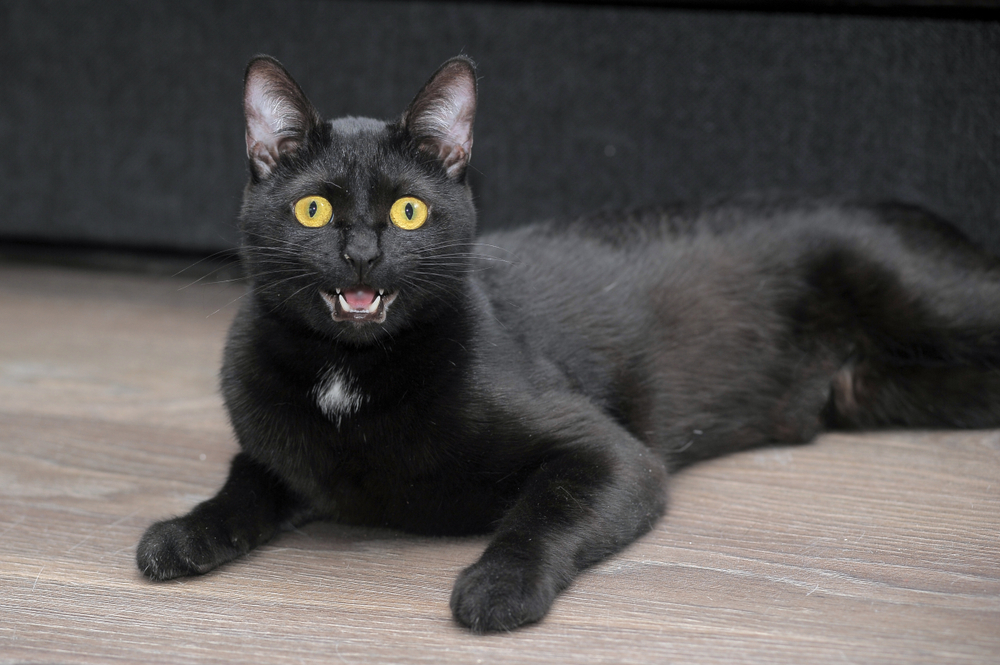
4. Cats Don’t Have Dark Eyes
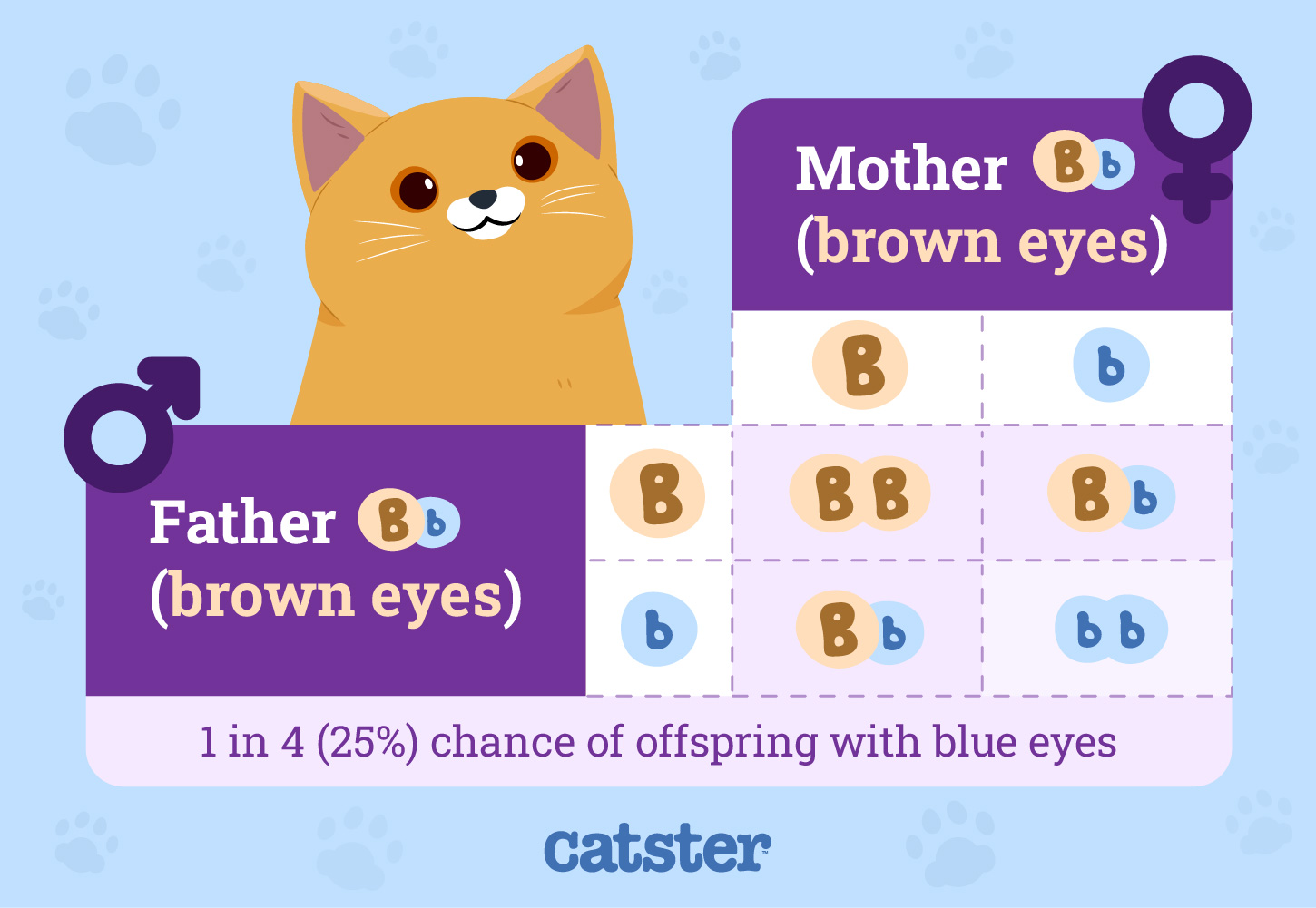
The darkest possible shade cat eyes can have is copper, which is more of an orange-brown than full brown like some dogs have. While cats can have black and brown coats and markings, they can’t have truly brown or black eyes.
5. Refraction Makes Eyes Appear Blue
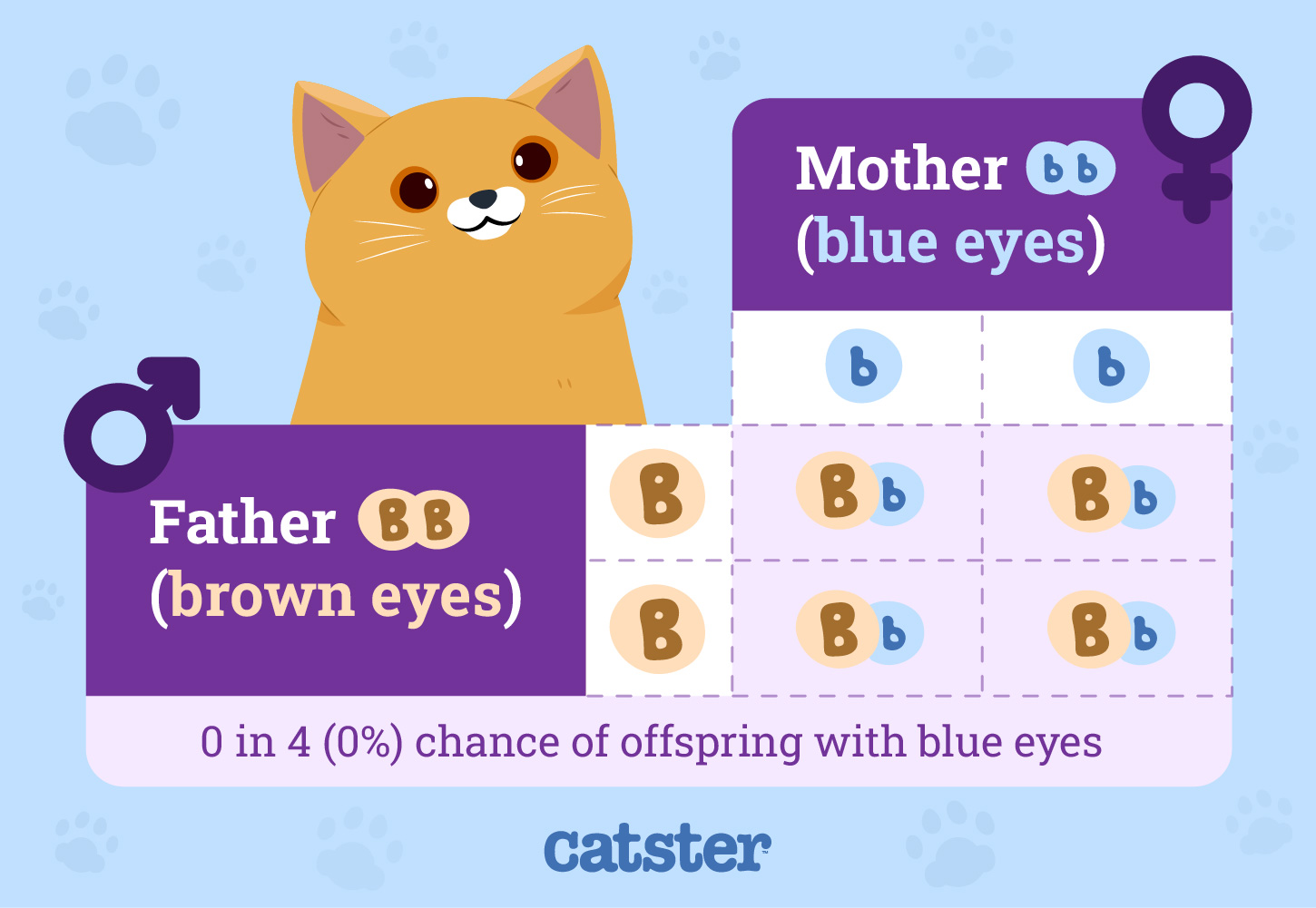
Instead of having high levels of melanocytes, blue-eyed cats (and humans) have high refraction levels. This means that the light received by the eye is scattered back out, which causes them to appear blue—a phenomenon known as the Tyndall effect. If we were to take refraction out of the equation, our blue-eyed feline friends would have colorless irises.
6. Fur Color and Eye Color Aren’t Strongly Linked
While it’s true that certain breeds, like the Siamese, are typically blue-eyed, other eye colors aren’t linked to specific coat colors or types. Blue-eyed breeds receive the dominant white coat gene, which overrides any possibility of the cat developing other eye colors like amber, copper, golden, green, or hazel. Unfortunately, the same gene is linked to a stronger incidence of deafness.
7. Heterochromia Causes Different Colored Eyes
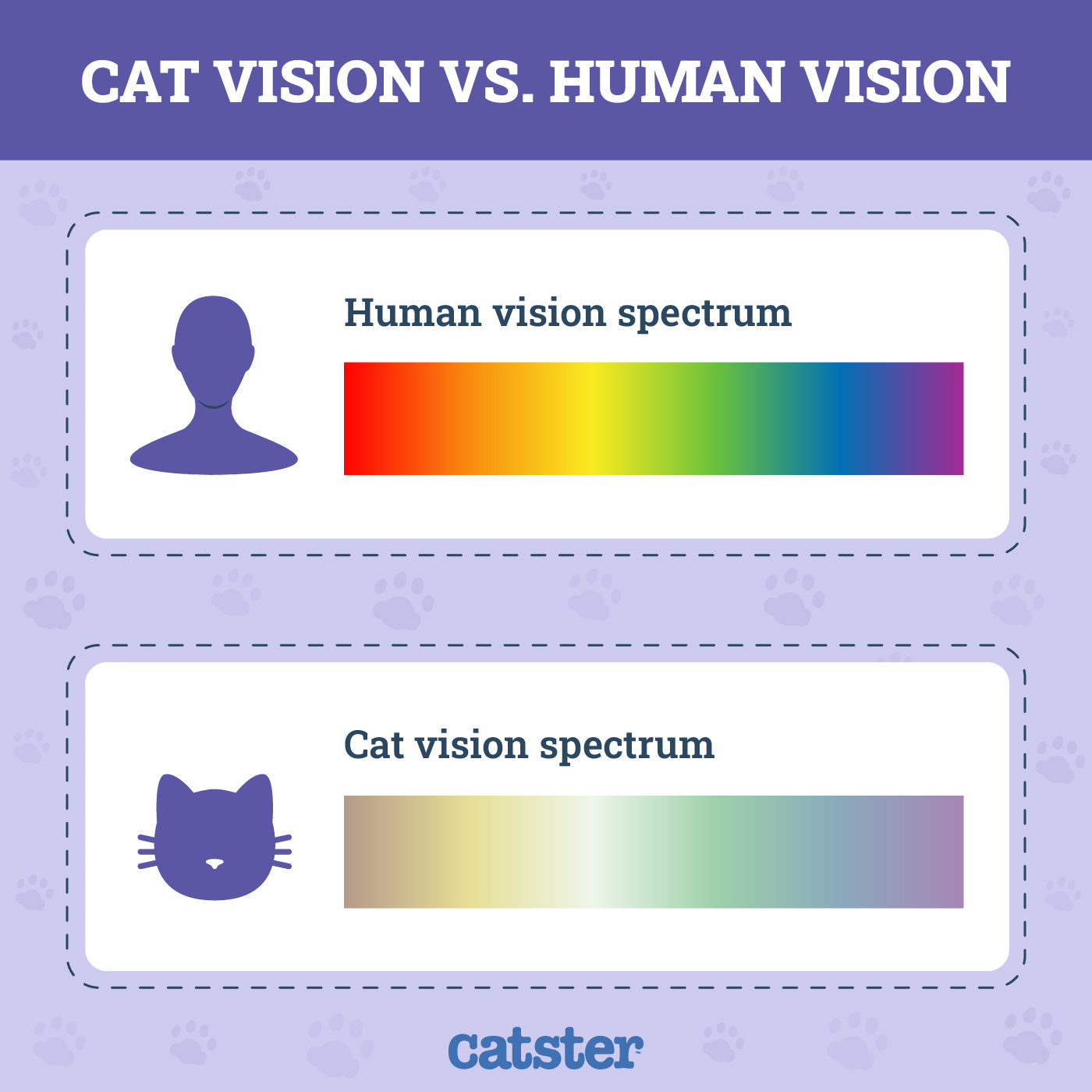
If a cat has odd-colored eyes, for example, one blue eye and one amber eye, it means they have a very rare developmental condition (though it can also be caused by an accident) called heterochromia.
Heterochromia causes melanin—the substance responsible for color development—to be in only one iris rather than both. The iris without any melanin will be blue. Some cats have sectoral heterochromia, which is a little different from complete heterochromia. Cats with sectoral heterochromia have irises containing two colors, for example, half yellow, and half blue.
While heterochromia isn’t well understood, the good news is that it doesn’t affect a cat’s vision. As mentioned above, white cats with blue or odd-colored eyes are more at risk of deafness, but odd-eyed cats that aren’t white don’t have an increased risk of deafness.

What’s the Rarest Cat Eye Color?
Copper—the darkest color a cat’s eyes can be—seems to be the rarest single color. Copper is a reddish-brown shade, possibly with an orange tone. On the other hand, yellow, amber, green, and hazel-colored eyes are much more common.
While copper is one of the rarer single colors, it’s even rarer for cats to have heterochromia (odd-colored eyes). Dichromatic eyes (irises with more than one color as described above) are especially rare.

Conclusion
While eye colors in cats can vary greatly, no matter what color eyes your cat has, they’re all beautiful! That said, if you notice anything new or unusual about your cat’s eyes, like dark spots or redness, please consult a vet, as it could be a sign of a medical issue that requires attention.
See Also:
Featured Image Credit: Firn, Shutterstock


